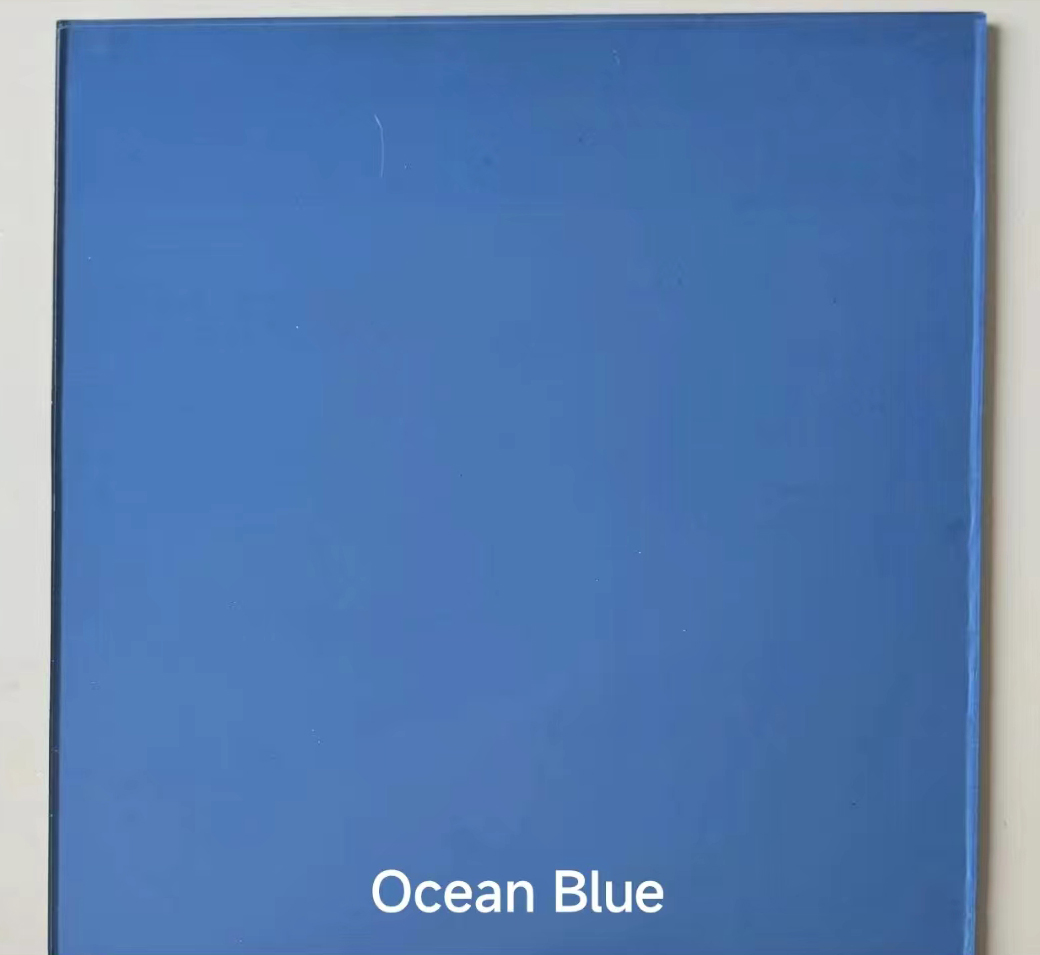

The Significance of Float Glass Plates in Modern Applications
Float glass plates have revolutionized the construction, automotive, and manufacturing industries since their development in the mid-20th century. This type of glass is produced through a unique manufacturing process, known as the float glass process, which results in a product that boasts transparency, uniform thickness, and high visual quality. The importance of float glass plates is evident in various applications, ranging from windows in buildings to screens in consumer electronics.
The production of float glass involves melting silica sand, soda ash, and limestone at high temperatures. The molten glass is then poured onto a bed of molten tin, allowing it to spread out evenly and form a flat surface. This method not only ensures a smooth finish but also creates glass that is significantly more uniform in thickness compared to traditional glassmaking techniques. The outcome is a material that can be manufactured in large sheets without the imperfections often found in earlier glass products.
One of the primary uses of float glass plates is in architecture and construction. Since they offer excellent clarity and light transmission, they are often employed in façades, windows, and doors. The modern aesthetic of glass buildings showcases the ability of float glass to reflect light and provide an illusion of space. Additionally, advancements in coatings applied to float glass have enhanced its energy efficiency. Low-emissivity (Low-E) coatings can be applied to reduce heat transfer, contributing to the thermal performance of buildings and promoting sustainability.

In the automotive industry, float glass is paramount. Windshields, side windows, and rear windows of vehicles are typically made from laminated or tempered float glass, which provides safety and durability. The use of float glass in vehicles not only improves visibility but also enhances the overall structural integrity of the car. Innovations in this sector have led to significant advancements, such as self-healing coatings and integrations of display technologies, highlighting the versatility of float glass.
Electronics is another field where float glass plates shine. From smartphone screens to television displays, the applications of float glass in consumer electronics are vast. The thin, yet sturdy properties of float glass make it an ideal choice for protecting sensitive screens while allowing for high-resolution displays. Manufacturers are continually seeking ways to enhance the durability and functionality of float glass, including treatments that resist scratches and fingerprints, thereby improving user experience.
The environmental aspects of float glass production also warrant attention. Although the production process requires considerable energy, ongoing research is focused on reducing carbon footprints through sustainable practices. The recycling of glass has become increasingly significant, with float glass being fully recyclable without loss of quality. This characteristic aligns with global efforts to promote sustainability and reduce waste in various industries.
In conclusion, float glass plates have become integral to many facets of modern life. Their unique properties, derived from innovative manufacturing techniques, make them indispensable in construction, automotive, and electronic applications. As technology continues to advance, the scope of float glass plates will likely expand, paving the way for new developments and sustainable practices. The versatility, aesthetic appeal, and functional benefits of float glass ensure its place as a material of choice in the future. Ultimately, float glass plates are not just functional products; they represent a blend of art and science that continues to shape our environment.